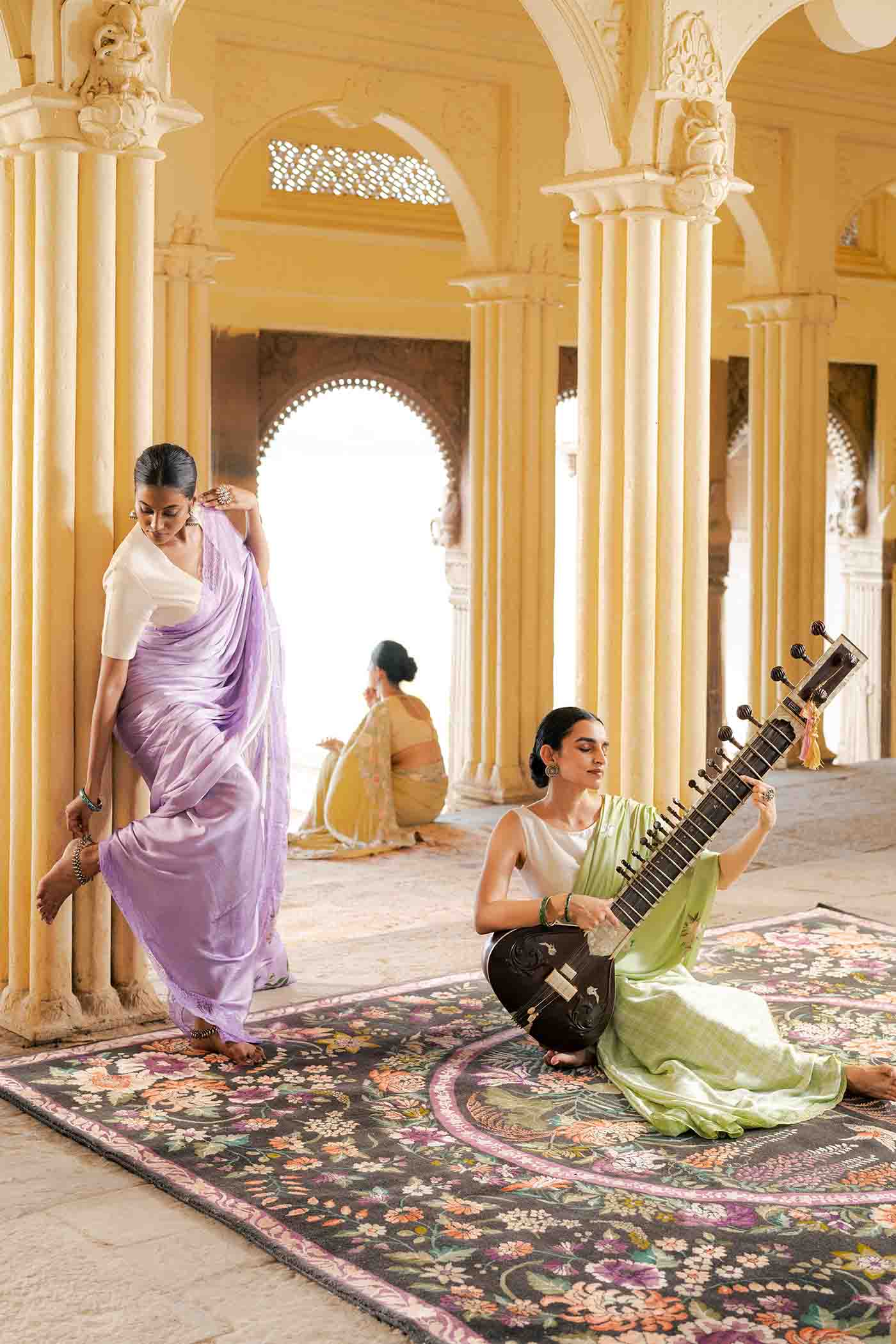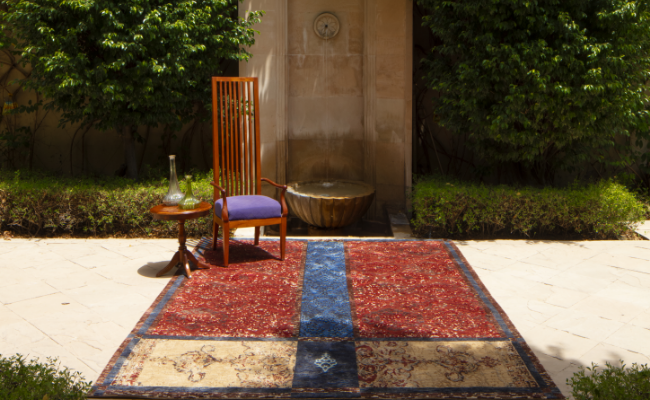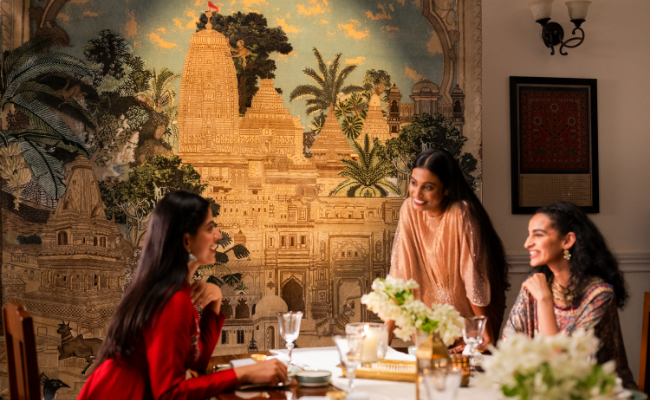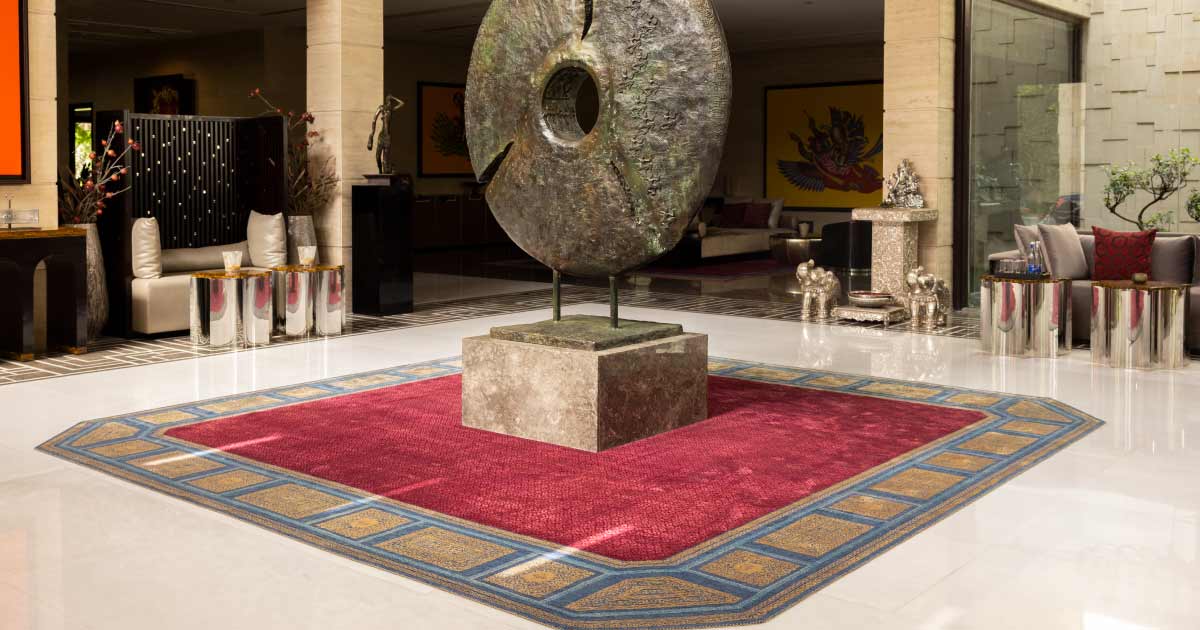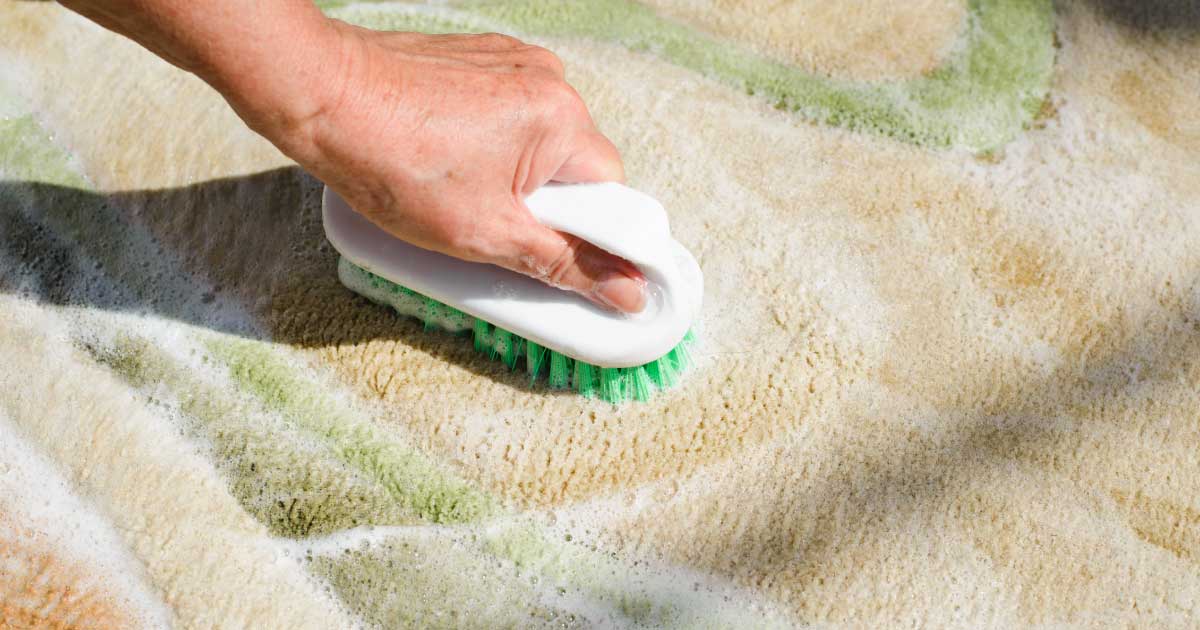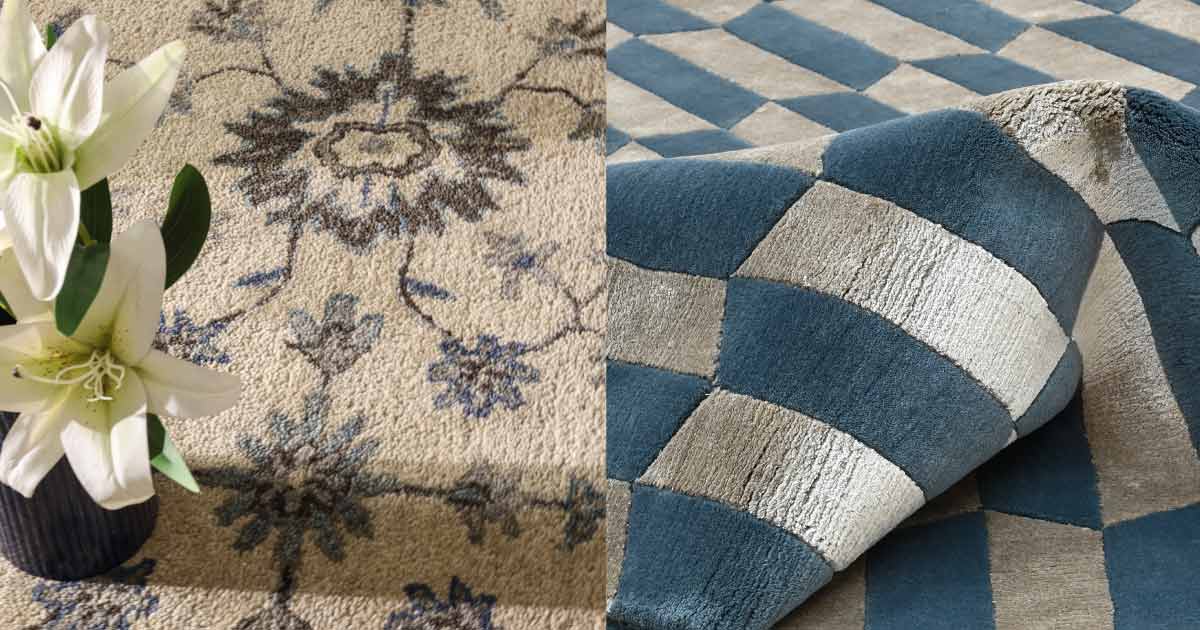
Difference between Persian and Tibetan knotted rugs
The tradition, the rich heritage, and the centuries-old skills passed down from generation to generation are things that make hand-knotted rugs so special. Following the traditional techniques of weaving, it takes a lot of time and skills for modern artisans to create these works of art.
Weaving a particular carpet can take weeks and months. Depending upon a particular design, style, elements, and colors. Every single knot is hand tied by experienced weavers on a hand-drawn map of the carpet to achieve accuracy and precision.

A unique blend of tradition, culture, and skill, handmade carpets are sophisticated and timeless elements to adorn your homes with. Not just the variety of materials, designs, and colors, but each carpet curated by us at Obeetee has the love care, and time of our native weavers.
Depending upon the number of knots, the value of the rug is determined. The more the number of knots, the higher will be the time taken to curate the carpet, in turn increasing the value of the rug.
At Obeetee Carpets we offer you a variety of hand-knotted rugs to add a vintage character to your decor. From Tibetan knotted rugs to Persian knotted rugs, we have a variety of rugs for you to choose from and add a hint of historic heritage, tradition, and value to your spaces.
Though both categories are made with the best quality materials by experienced weavers there are a few factors that differentiate them. Let's dive into the factors that differentiate Tibetan knotted rugs and Persian knotted rugs:-
Tibetan Knotted Rugs -
Known for their stand-out design and textures, Tibetan knotted rugs are made using mainly wool fiber. These rugs are hand-knotted by looping yarn into a temporary rod placed ahead of the wrap.
These rugs usually come with a high pile with extra plush and softness.
They have a unique texture and often feature modern designs with a hint of tradition. Motifs inspired by Buddhism like the lotus flower, a symbol of prosperity and positive energy. Each and every design is often geometrical and comes with a vibrant color palette. These designs in bright shades represent the rich heritage and culture of the northeastern side of the world.
Another factor that makes Tibetan knotted rugs unique is the use of mountain wool. Sourced from the sheep flock residing in the highlands of Tibet, this wool is known for its suitability for carpet weaving as its highly durable and has a strong bond strength.
In comparison to Persian knotted rugs, Tibetan knotted rugs take less time to curate. Varying upon the style it takes 77-120 days to produce one Tibetan knotted rug.
Persian Knotted Rugs -
Known for their detailed designs and elements, Persian knotted carpets need no introduction. Usually crafted using materials like wool, cotton, and silk, each and every knot is hand-tied with precision.
The culture of Persian carpets started during the Mughal era. In the 16th century, the Mughal Empire brought Persian weavers into the country who came with their skills, designs, and techniques. It was not late that they started incorporating Indian styles and designs into weaving carpets. As the years passed, this fine craft was taught to Indian weavers who have passed on this through generations to the modern artisans of today.
Persian knotted carpets are around 2800 years old. Since then, they are considered a testament to fine artistry and craftsmanship with beauty and elegance through their designs. What makes these carpets unique is the designs and motifs they are adorned with. They usually come featuring floral motifs and highly detailed geometrical and symmetrical patterns. These designs not only are inspired by the Mughal era but represent the culture, tradition, and heritage of that time. Plus each pattern has a significant meaning to it which adds a timeless aura to your space.
While making Persian knotted rugs, each knot is tied with hands. Also known as Senneh knots, these are asymmetrical and are tied without any gaps. In comparison to Tibetan knotted rugs, these rugs have a finer weave and usually host authentic traditional designs. From months to years sometimes, these carpets have a high value because the skill and time required to curate these is top notch.
While Persian knotted carpets and Tibetan knotted carpets have a few differences, both categories have their uniqueness as well.
At Obeetee Carpets, we have local weaving communities who have been into this artistry for generations. These artisans curate our carpets using traditional techniques with only the best quality materials. In our knotted collection, you will find fine handcrafted carpets of both, Tibetan and Persian categories with just the right designs which might go well with your decor. By adding these to your homes, you will be adding meaning and significance to your casa.


